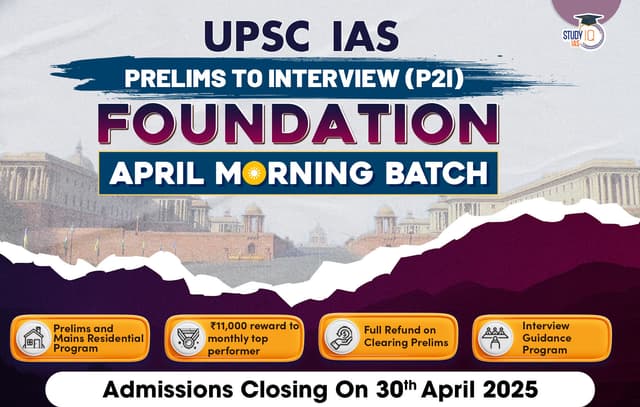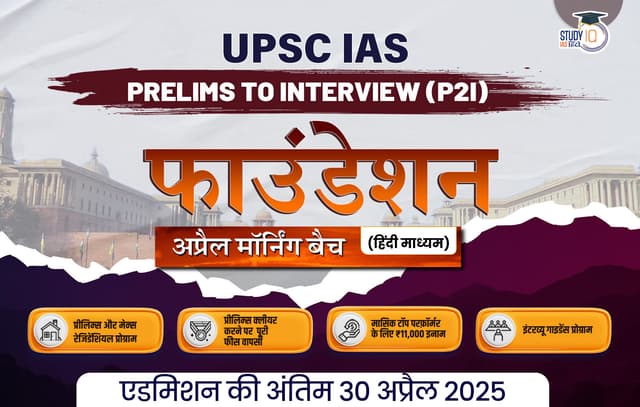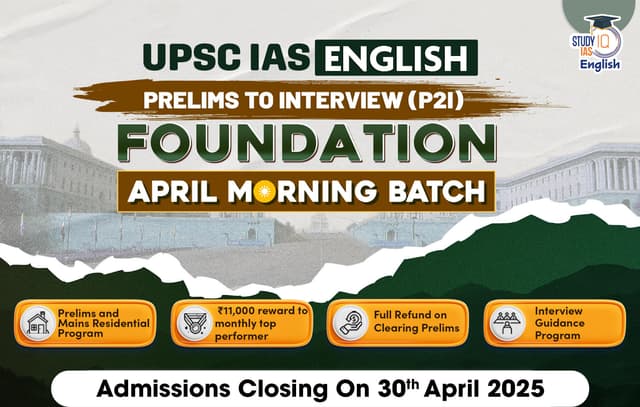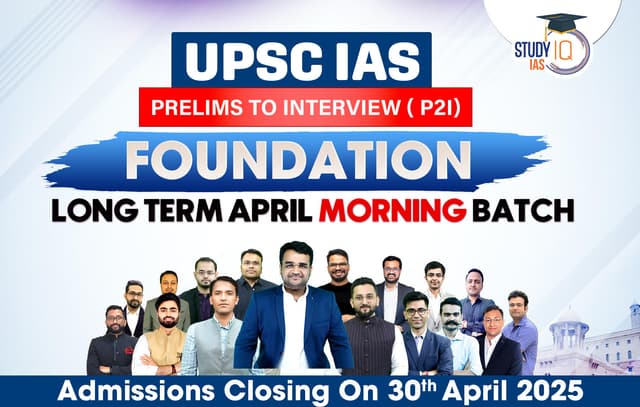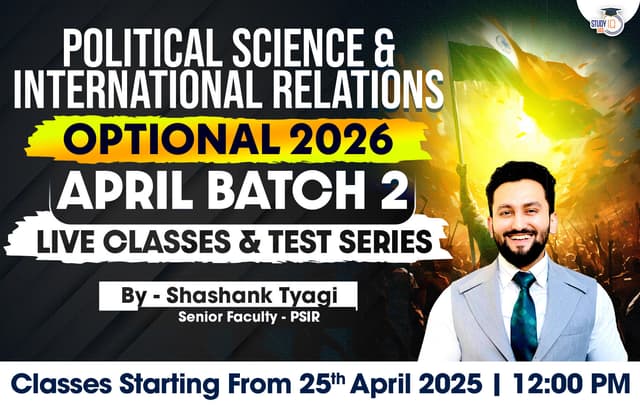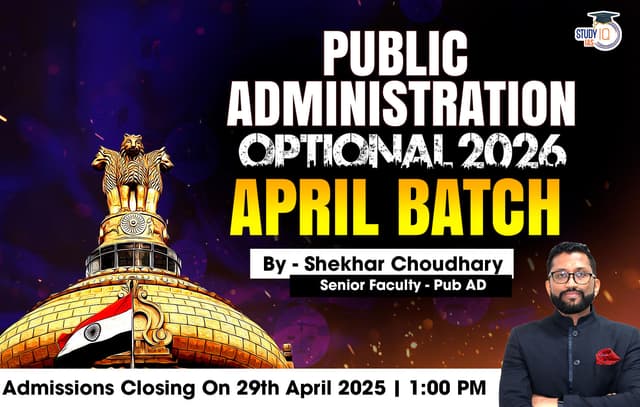Table of Contents
Context: The brutal murder of an independent young journalist, Mukesh Chandrakar, in Chhattisgarh, has once again highlighted the threats to life and the precarious nature of journalism at the district and mofussil levels.
Importance of Journalists
- Voice for the Voiceless: Journalists bring to light “unseen and unheard” stories from marginalized and local communities.
- They raise issues of deprivation, suffering, and corruption, giving a platform to the struggles of the underprivileged.
- Transparency and Accountability: Investigative journalism ensures checks and balances by exposing corruption and malpractice in developmental projects and welfare schemes.
- Acts as a watchdog of democracy, holding powerful entities accountable.
- Local Relevance and Community Impact: Grassroots journalists report on local issues, civic problems, and developmental challenges, often ignored by mainstream media.
- They bridge the gap between policymakers and the grassroots.
- Enabler of Regional Language Journalism: Stringers and retainers play a crucial role in providing content for regional and local media outlets, ensuring diversity in news coverage.
- Empowerment through Independent Journalism: Independent platforms like social media, YouTube, and digital news sites amplify investigative stories, reaching a broader audience.
- These platforms help bypass the limitations of mainstream media influenced by advertisers and state alignments.
- Strengthening Democracy: By uncovering the abuse of power and fostering an informed citizenry, journalists reinforce democratic institutions and processes.
Institutions for Protecting Press Freedom in India
Constitutional and Legal Framework
- Constitution
- Article 19(1)(a): Guarantees the right to freedom of speech and expression, which forms the basis for press freedom.
- Article 19(2): Allows reasonable restrictions on freedom of speech for issues such as sovereignty, public order, and morality.
- Judiciary: Courts play a critical role in interpreting laws and protecting press freedom against arbitrary restrictions.
- Landmark cases like R. Rajagopal v. State of Tamil Nadu (1994) affirm the right to publish without prior restraint.
- Parliament and State Legislatures: Responsible for enacting laws to protect press freedom and ensuring that any restrictions are reasonable and justifiable.
Government and Regulatory Bodies
- Press Council of India (PCI): A statutory body established under the Press Council Act, 1978.
- Promotes press ethics, prevents undue interference, and investigates complaints related to press freedom violations.
- Limited to print media, and its recommendations are advisory, not enforceable.
- Information and Broadcasting Ministry (I&B Ministry): Regulates broadcast media, including television and radio.
- Ensures adherence to content standards and oversees licensing for channels.
- Cyber Crime Cells: Protect journalists against online harassment and abuse, which have become common threats in digital journalism.
Law Enforcement and Oversight Bodies
- National Human Rights Commission (NHRC): Addresses cases where journalists’ rights are violated, ensuring protection against state excesses.
- State Human Rights Commissions (SHRCs): Operates at the state level to address localized violations against journalists.
- Law Enforcement Agencies: Police and investigative agencies are tasked with protecting journalists and investigating crimes against them, including threats and attacks.
Civil Society
- Media Associations: Organizations like the Editors Guild of India, Indian Women’s Press Corps, and others advocate for press freedom and raise concerns about threats to journalists.
- Civil Society Groups: Groups such as the Committee to Protect Journalists (CPJ) and Reporters Without Borders monitor press freedom violations and provide global visibility to cases of persecution.
International Frameworks
- UNESCO: Promotes press freedom through global campaigns and guidelines.
- Observes World Press Freedom Day annually on May 3 to raise awareness.
- United Nations Human Rights Council (UNHRC): Monitors violations of press freedom globally and pressures governments to uphold journalistic rights.
- Global Index Monitoring: Reporters Without Borders publishes the World Press Freedom Index, evaluating India’s performance and highlighting areas for improvement.
Challenges or Threats Faced by Journalists
- Physical Threats and Violence: Journalists face threats, attacks, and even murder, as seen in the cases of Mukesh Chandrakar and Umesh Dobhal.
- They are targeted for exposing the nexus of politicians, contractors, and criminals.
- Weak Legal Protections: Despite laws like the Chhattisgarh Protection of Media Persons Act, enforcement is poor, leaving journalists vulnerable.
- Legal mechanisms often fail to deter violence against journalists.
- Precarious Working Conditions: Many journalists work without job security, receive meager salaries, and face hostile work environments.
- Lack of institutional support makes them easy targets for intimidation.
- Political and Economic Pressure: Media houses face pressure from advertisers, local administrations, and state governments, reducing space for critical reporting.
- Journalists are often forced into self-censorship due to these influences.
- Online Harassment and Surveillance: Independent journalists using digital platforms face trolling, abuse, and sometimes digital surveillance.
- This adds to their physical and mental stress.
- Impunity for Attackers: Attackers of journalists often go unpunished, fostering a culture of fear and discouraging investigative reporting.
- Lack of Recognition and Support: Grassroots journalists rarely receive credit for their contributions, making them feel isolated and undervalued.
- Decline in Press Freedom: Increased state control and alignment of media outlets with vested interests undermine journalistic independence.
- Eg., In the 2024 World Press Freedom Index, India ranked 159 out of 180 countries.
Way Forward
- Strengthen enforcement of existing legal protections.
- Improve working conditions and provide institutional support for grassroots journalists.
- Encourage independent journalism through funding, training, and recognition.
- Build robust mechanisms to tackle threats, both physical and digital, ensuring press freedom and journalist safety.

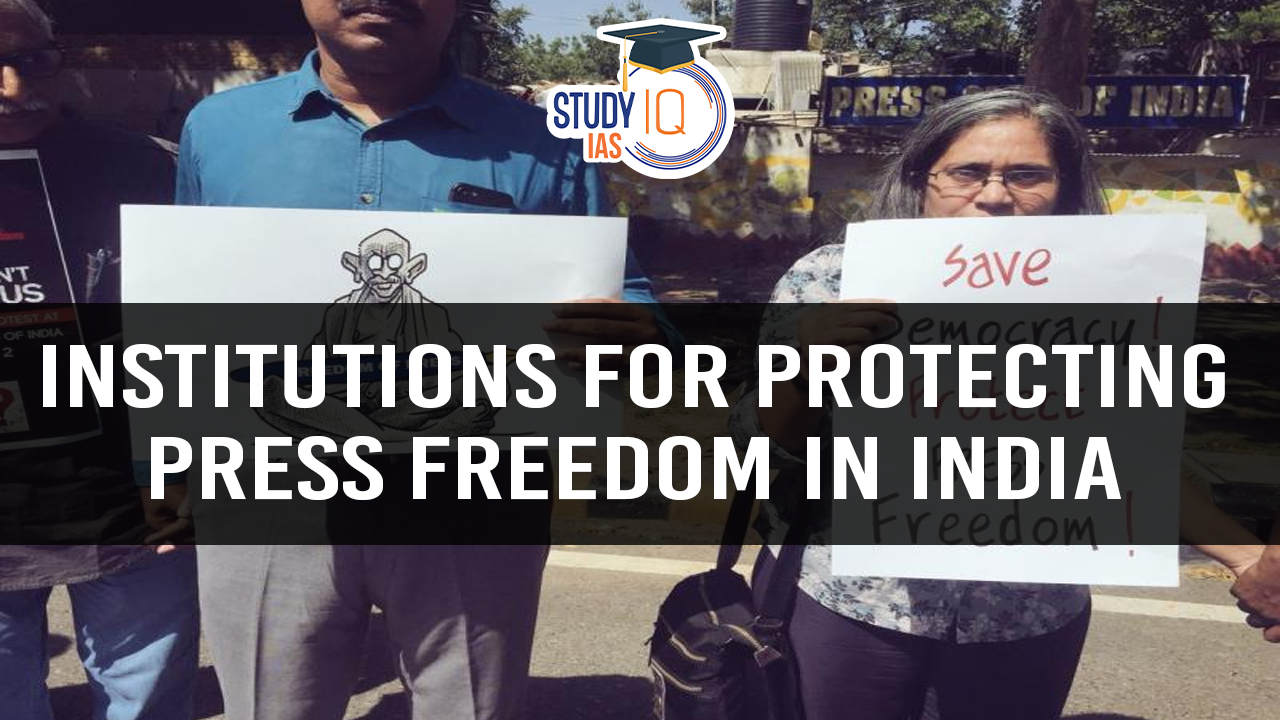
 Places in News for UPSC 2025 for Prelims...
Places in News for UPSC 2025 for Prelims...
 Countercyclical Capital Buffer (CCyB): P...
Countercyclical Capital Buffer (CCyB): P...
 STELLAR Model: A Game-Changer in Power S...
STELLAR Model: A Game-Changer in Power S...

